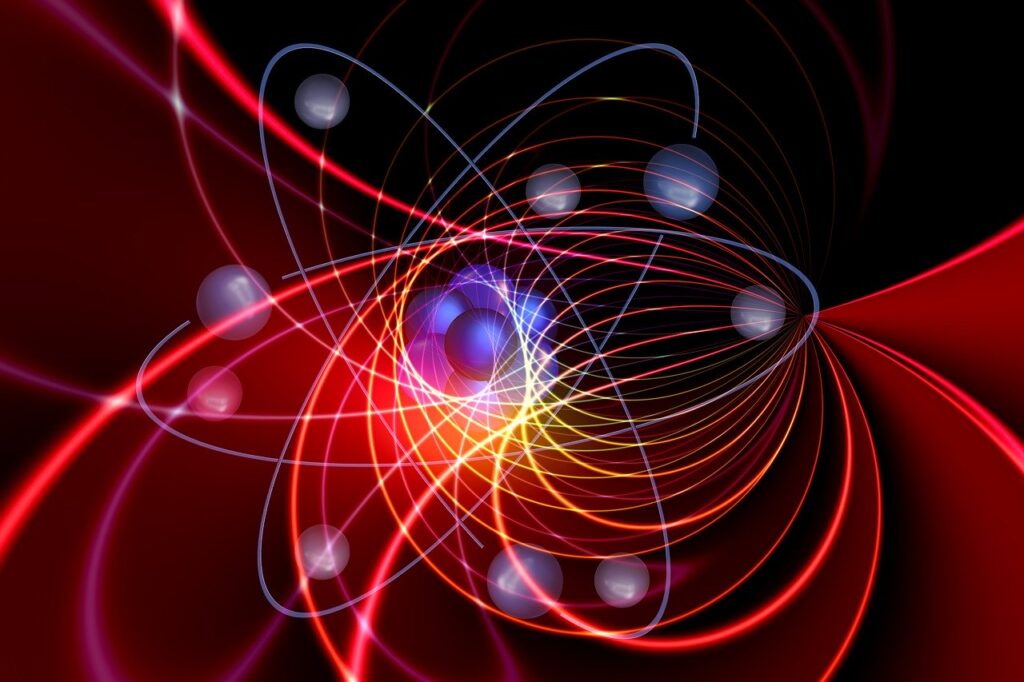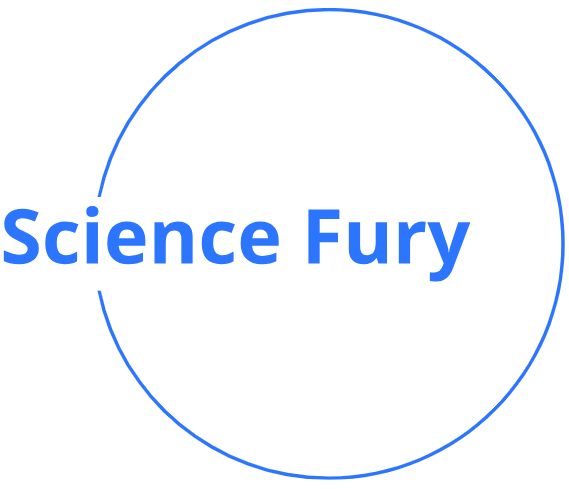
Even the complexities of everyday life, the rules of our universe seem reassuring simple. If there is a solid bridge supports my weight, the water flowing underneath always goes downhill and when I throw a stone it always flies through the air following a predictable, path but as scientists peer deep into the tiny building blocks of matter, all such certainty vanished, they found the weird world of quantum mechanics deep down inside everything we see around us we found a universe completely unlike our own it’s a paraphrase one of the founders of quantum mechanics everything we appear real is can be things that cannot be themselves regarded as real around a hundred years ago some of the world’s greatest scientists began a journey down the rabbit hole into the strange and the bizarre they found that in the realm of the very small things could be in two places at once that their fates are dictated by chance.
Quantum mechanics: Playing Dice
The reality behind quantum itself defies all common sense and at stake that everything we thought we knew about the world might turn out to be completely wrong the story of our descents into scientific madness begins with the most unlikely objects.
Berlin 1890 Germany is a new country recently unified and hungry to industrialize in this newly unified Germany several new engineering companies were founded they have spent millions buying the European patent for Edison’s new invention the light bulb.
Quantum and Edison light bulb
The light bulb in quantum was the epitome of modern technology a great optimistic symbol of progress, engineering companies quickly realize there were fortunes to be made building streetlights for the new German Empire but what they didn’t realize was that they would also unleash a scientific revolution strangely enough this humble object is responsible for the birth of the most important theory in the whole of science quantum mechanics a theory that I’ve spent my life studying and that’s because back in 1900 the light bulb presented a rather strange problem engineers knew that if you heated the filament with electricity it glowed the physics that underpinned this though was completely unknown but something as basic as the relationship between the temperature of the filaments and the color of light it produces was still a complete mystery a mystery they were obviously keen to solve and with the help of the new German state they saw how to steal a march on their competitors in 1887 the German government invested millions in a new Technical Research Institute here in Berlin the physicalist technician Russian stats or PTR then in 1900 they enlisted a bright if somewhat straight-laced scientists to help work here his name was max plank the father of quantum mechanics.
Max plank the father of Quantum mechanics
Plank took on a deceptively simple problem why the color of the light changes as the filament gets hotter to get a sense of the puzzle facing plank I’m going to show you this with a bicycle with an old-fashioned lamp powered by an old-fashioned dynamo.
Obviously, the faster I go the brighter the light the more I peddle the more electricity the Dynamo produces the hotter the filament in the lamp and the brighter the light that the light the bulb makes isn’t just getting brighter it’s changing color too as I speed up the color shifts from red to orange to yellow, right now I’m going to really belt it now the bulb’s filament is getting even hotter but although it certainly gets brighter the color seems to stay the same yellow-white.
Why doesn’t the light get any bluer?
To investigate Plank and his colleagues built a blackbody radiator it’s a special tube they could heat to a very precise temperature and a way to measure the color or frequency of the light is produced.
Nowadays over a hundred years later the PTR still do exactly this kind of measurements just much more accurately, the temperature inside here is 841 degrees centigrade, I can feel the heat coming off and it’s glowing with a lovely orange-red color it’s about the same color as my bike lights when I’m cycling slowly but I want to see something hotter still the temperature inside here is about 2,000 degrees centigrade and it’s glowing with a much brighter whiter colored light to produce much of this intensity in color requires a power of about 40 kilowatts now that’s equivalent to about 400 mesons a bike cycling very fast or the combined output of the entire Tour de France. although the light is whiter it’s red white there’s very little blue why is blue so much harder to make them red and further up the spectrum beyond blue the so-called ultraviolet is hardly produced at all even when we look at things as hot as the Sun.
Quantum and Sun
Even the Sun at a temperature of five and a half thousand degrees centigrade produces mostly white visible light and makes remarkably little ultraviolet light given how hot it is why is this why is ultraviolet light so hard to make. this remarkable failure of common sense so perplexed scientists of the late 19th century that they gave it a very dramatic name they called it the ultraviolet catastrophe. Plank took a crucial first step to solve this he found the precise mathematical link between the color of light its frequency and its energy, but he did not understand the connection. however, it was another weird anomaly that would really put the cat amongst the pigeons. in the late 19th century scientists were studying that their newly discovered radio waves and how they were transmitted and to do that they were building experimental rigs very similar to this one basically by spinning a disk they could generate huge voltages that cause sparks to jump across the gap between the two metal spheres but in doing so they discovered something very unexpected to do with lights they found that by shining a powerful light source on the spheres they could make the sparks jump across more easily this suggested a mysterious and unexplained connection between lights and electricity.
To understand what was happening scientists use a gold-leaf electroscope it’s basically a more sensitive version of the spark-gap apparatus now, first of all, I have to charge it up what I’m doing is adding an excess of electrons that are pushing the two gold leaves apart now first I take red light and shine it on the metal surface and nothing happens even if I increase the brightness of the light still the gold leaves aren’t affected now I’ll try this special blue light rich in ultraviolet immediately the gold leaves collapse.
More about quantum mechanics can be found here: quantum mechanics
